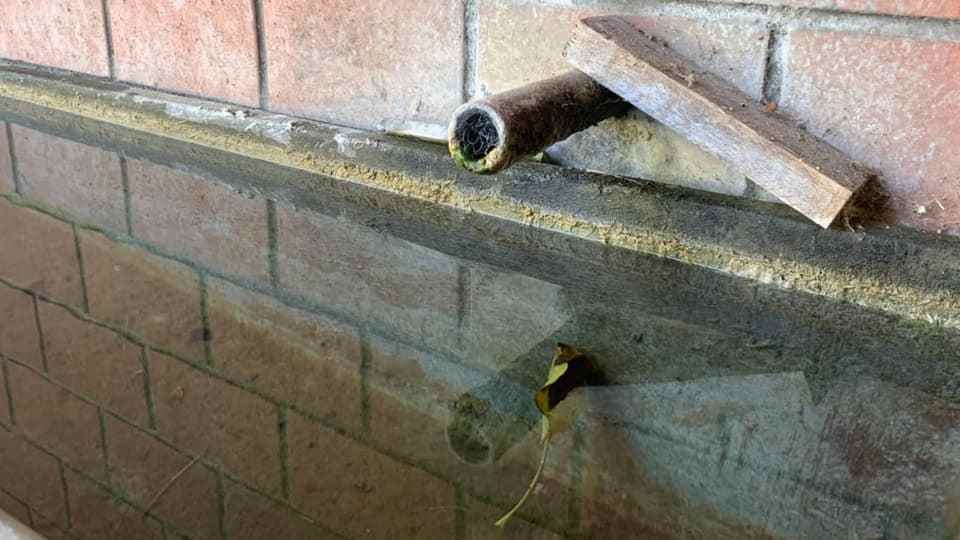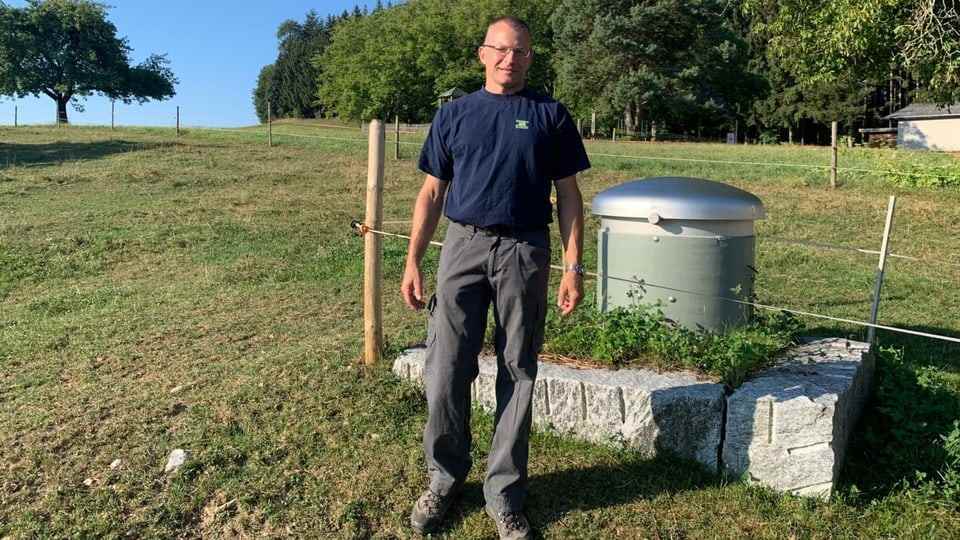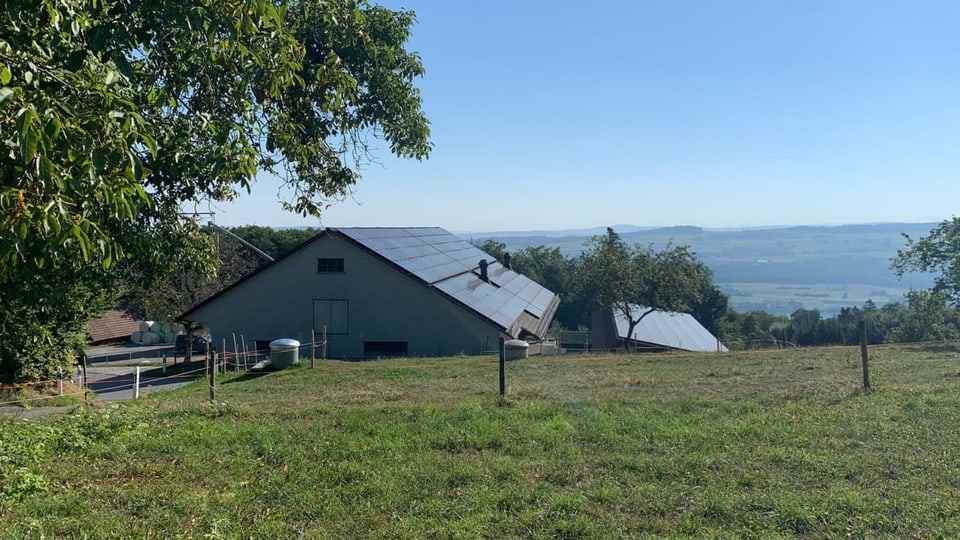contents
A farmer in Aargau had to find a solution to ensure that the cows had enough drinking water. That’s the only way he survives the drought.
Already in the hot summer of 2018, the Aargau farmer Thomas Thalmann had to rethink. Drinking water for the 20 suckler cows and their calves, for his family and for the work on the farm was scarce. The problem: His farm and the neighboring farms above Lake Hallwil are not connected to the public water supply. Thalmann is on his own when it comes to the drinking water supply. Not an easy situation.
Legend:
The suckler cows on Thomas Thalmann’s farm need drinking water. But where is this supposed to come from if the farm is not connected to the public water network?
Barbara Mathy’s | SRF
The farmer still remembers the hot summer of 2018 well. The farm’s private spring did not supply enough water. In that dry year from August to December he had to drive to the village every day to fetch water for the animals from a hydrant. Thalmanns Hof auf dem Homberg is in the municipality of Reinach (AG). Since standing rainwater was not an option as drinking water, he had to find another solution and decided to look for a second source.
The farmer suspected a second source of water on his land and was finally able to develop it. He collected the water, built a pipe several hundred meters long and pumped the water to the farm. Thalmann also invested in the construction of a larger reservoir.

Legend:
The fountain on Thomas Thalmann’s farm serves as the overflow for the reservoir. At times, the farm used significantly more water than the springs provided.
Barbara Mathy’s | SRF
The reservoir serves as a buffer because water can be stored. The water supply lasts a maximum of four days, after which fresh water is needed again. Drinking water must not stand too long and must be circulated regularly.
Another challenge: there are no ponds on the Homberg ridge where water could collect, it goes downhill to the left and right of the farm and the water flows away. That’s why the challenge at the Aargauer Hof was particularly big. Thalmann now gets water from two sources: one traditional and one new.

Legend:
The new source on the Homberg, above Lake Hallwil. Farms without a connection to the public water network are an exception in Aargau.
Barbara Mathy’s | SRF
How did it go this year? A lot of water isn’t bubbling up, but so far it’s just rising, explains Thomas Thalmann: “We’re currently just getting by with our livestock and the needs for the house,” reports the Aargau farmer. If he foreseeably needs more water, he has to plan ahead and collect water in canisters.
It gets tricky without water.
In the hot weeks of this summer, you could feel that the animals needed more water. “At the beginning of August we used more water than the springs supplied. In the past few days, the reservoir has at least filled up again during the night».
Water is the most important factor for his business, says the farmer. “Fetching water from the valley every day just to keep a large number of animals is not something you accept.”

Legend:
Necessity is the mother of invention: After the hot summer of 2018, farmer Thomas Thalmann decided to look for a second private water source.
Barbara Mathy’s | SRF
When Thomas Thalmann took over the farm from his parents, he decided against keeping dairy cows because they use more water than suckler cows. “Keeping suckler cows allows animals to be kept without overexploiting water reserves.”
To manage on your own with little water, as a single farm or as a hamlet – farmers on the periphery don’t have it easy, says Thomas Thalmann. The fact that he had to find a water solution without the help of the community made him tired after various inquiries. “But I can’t change it, we’ve done what we can. Of course, we don’t have a final guarantee that there will always be enough water flowing».
